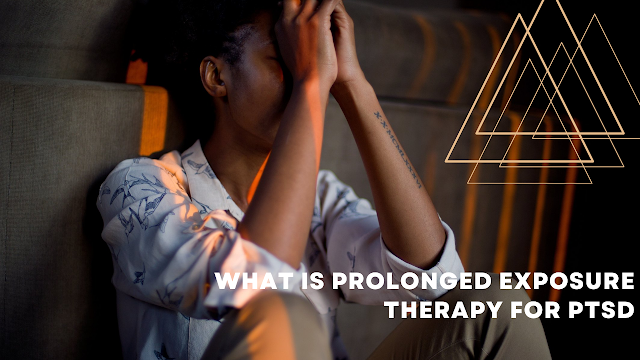What is Prolonged Exposure Therapy for PTSD?
Living with PTSD can be debilitating.
Experiencing persistent anxiety and distress following a traumatic event can significantly impact an individual’s quality of life, even for years afterwards. In this article, we will take a closer look at the signs and symptoms of PTSD, and how prolonged exposure therapy can be beneficial for treating this mental disorder.
For more articles and information about PTSD, visit BetterHelp.
Understanding PTSD
Post traumatic stress disorder (or PTSD) is a mental disorder characterized by significant changes in mood, behavior and functioning following a distressing event or ongoing traumatic experience. While many individuals who undergo trauma experience short-term symptoms afterwards, most of them do not develop PTSD. If anxiety and distress is ongoing and causing significant impairment in an individual’s daily life, it may signal the presence of PTSD.
It is also important to note that despite popular belief, combat is not the only distressing situation that can lead to PTSD. Experiencing abuse, sexual assault, a medical crisis, witnessing a traumatic event at work, an accident, or the sudden loss of a loved one are only several examples of the many life-threatening or dangerous events that can lead to PTSD.
Symptoms of PTSD are typically categorized into four types:
- re-experiencing symptoms (such as recurring flashbacks and nightmares about the event)
- avoidance symptoms (avoiding anything that may trigger thoughts or memories about the event)
- arousal and reactivity symptoms (which may include feeling constantly ‘on edge’, increased irritability or anger, and sleep difficulties)
- cognition/mood symptoms (feelings of guilt and isolation from others).
It is common for symptoms to occur within the first several months following the traumatic event, but it is also possible for symptoms to emerge years later.
How Can Prolonged Exposure Treat PTSD and Trauma?
Prolonged exposure therapy is a type of cognitive behavioral therapy that is highly effective in treating PTSD. It aims to help an individual gradually expose themselves to feelings and situations related to the trauma they experienced. By avoiding anything that may remind them of the traumatic event, they continue to reinforce their fear. Instead, confronting trauma-related memories and stimuli can help to reduce feelings of anxiety over time, and create new pathways in the brain as they recognize they are not currently in danger. While the thought of exposure can be very frightening, particularly to individuals who have experienced trauma they want to avoid revisiting at all costs, confronting our fears is essential to healing. During the process of prolonged exposure, an individual can collaborate with their therapist in order to determine a pace that they are comfortable with.
A therapist may utilize both imaginal and in vivo exposure in order to guide an individual in confronting their fears. In imaginal exposure, a therapist asks an individual to recount the details of the traumatic event, and provides assistance in processing the accompanying emotions. In between sessions, an individual may be tasked with confronting a feared stimulus or situation in real life, beginning with what would be the least distressing. This method is called in vivo exposure. Over time, an individual will likely find that they experience less anxiety around memories and stimuli associated with the trauma, and that they feel more confident in their ability to manage fear or distress when it comes up.







No comments